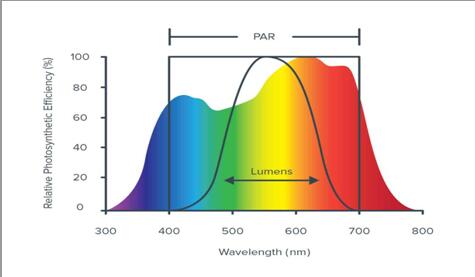Everything I read uses PAR however the only thing I can find are LUX meters. From all the information I read LUX and PAR is not the same thing can somebody make this more simple for me? Can someone also give me the name of the app that gives PAR not LUX readings?
Thank you for your time and information!
Thank you for your time and information!




















